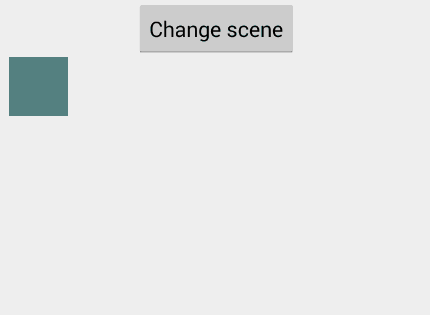Backport of Transitions API from Android KitKat and Lollipop. Compatible with Android 2.2+.
Video - DevBytes: Android 4.4 Transitions
Sample project from Google
1.3.1 - Bug fix
1.3.0 - Merge with changes from Android 5.1 and some major bug fixes
1.2.0 - 1.2.2 - Bug fix
1.1.0 - Port of new transitions from Android 5.0 Lollipop
Gradle:
dependencies {
compile "com.github.andkulikov:transitions-everywhere:1.3.1"
}
Use transition classes from package android.transitions.everywhere.* instead of android.transition.* from android framework Transitions API.
If you use XML files to create your transitions you need to put them in the res/anim folder instead of the res/transition folder. You need to use application attributes namespase instead of android:. For example:
<transitionSet xmlns:app="http://schemas.android.com/apk/res-auto"
app:duration="400">
<changeBounds/>
<fade app:fadingMode="fade_in">
<targets>
<target app:targetId="@id/transition_title"/>
</targets>
</fade>
</transitionSet>
Android 5.0 adds new method setTransitionName() for View class. With this library you should call TransitionManager.setTransitionName(View v, String transitionName) method instead to provide backward compatibility.
Transition animations backported to Android 3.0.
For Android ver. >= 2.2 and < 3.0 scene to scene (layout to layout) changes is executed by the same API but without animations.
Note: some of transitions classes was marked as hidden by developers of Android. You can find it in package android.transitions.everywhere.hidden. But i don't recommend to use them because they can work unstable.
Thanks to github users: pardom and guerwan
[](https://android-arsenal.com/details/1/1050)
